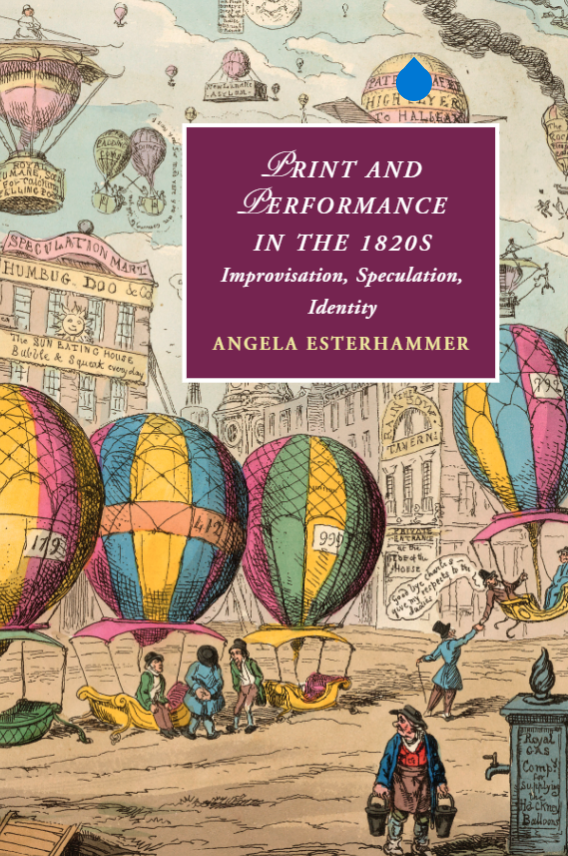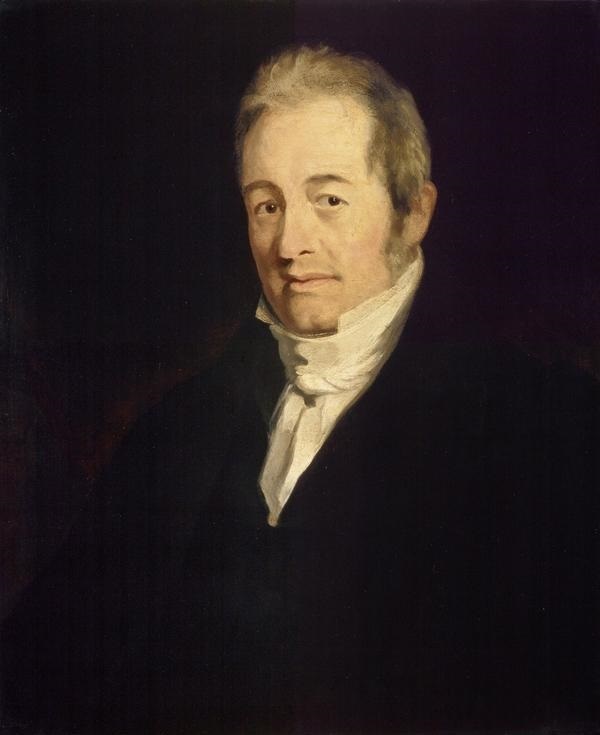For a very long time, literary historians have overlooked the 1820s — it was often the wallflower of literary periods.
But for Angela Esterhammer, a professor with the Faculty of Arts & Science’s Department of English and principal of Victoria College, this decade is a treasure chest, rich in literary and performance history. It’s brimming with energy and experimentation that was reflected in bold new directions for literature and the performing arts.
Esterhammer captures that spirit in her 2020 book Print and Performance in the 1820s: Improvisation, Speculation, Identity, exploring how bestselling literature, popular theatre and periodical journalism by risk-taking artists wowed middle-class metropolitan audiences.
“A lot was happening on the cultural scene, especially in London, Paris and Edinburgh, where readers and audiences became really engaged with innovative and hybrid forms of literature and performance,” she says. “You got things like startup magazines, runaway bestsellers, visual spectacles and theatrical hit shows by improvisers and impersonators.”
In this rapidly changing art scene, some writers, publishers and entertainers were creating hybrid forms of entertainment that had a lasting influence. Others created exciting but decidedly flash-in-the-pan fads.
“Collectively, I'm trying to recover all of these forms of popular culture and see what they can tell us about people's attitudes, sometimes people's anxieties, and about larger cultural changes,” she says.
Like any student interested in literary studies at the time, I took every undergraduate course Frye taught. That included his legendary course on the Bible and literature. And coincidentally, in that course, I was in a tutorial led by the current chair of the English department, Paul Stevens.
Esterhammer has loved the period of Romantic literature ever since she was an undergraduate student at Victoria College, taking courses taught by the late Northrop Frye — one of the 20th century’s pre-eminent scholars and literary critics.
“Like any student interested in literary studies at the time, I took every undergraduate course Frye taught. That included his legendary course on the Bible and literature,” she says. “And coincidentally, in that course, I was in a tutorial led by the current chair of the English department, Paul Stevens.”
Fast forward to today, and it’s Esterhammer who is now inspiring undergraduate students to explore Romantic writers — students like Delaney Anderson.

The fourth-year student in the English specialist program and minoring in semiotics as a member of Victoria College, is one of over a dozen undergraduate researchers who have worked with Esterhammer to create a new 15-volume set of the Scottish writer John Galt’s fiction.
“It presents a wide range of his works, some of which have never been reprinted,” says Esterhammer. “The series contains authoritative texts together with materials that add to an appreciation of Galt’s historical context, his cultural heritage and his overall importance within literary history.”
“I assist with tasks such as research, transcription and proofreading for the forthcoming volumes in the John Galt series,” says Anderson. “We've worked together to transcribe dozens of short stories, proofread novel transcriptions, and write and research the necessary annotations for the volumes.”
A popular and prolific writer in the 1820s and 1830s, Galt was loved in Scotland, North America and Europe. While best known for his humorous tales and serious sagas about Scottish life, his fiction spans many other genres including historical novels, gothic tales, political satire, travel narratives and short stories.

He was also the first superintendent of the Canada Company that was formed to develop a part of what is now Southern Ontario — then known as Upper Canada — in the first half of the 19th century. If you’ve ever passed through Guelph, Ontario, you can thank Galt who founded the town in 1827. He co-founded the town of Goderich, Ontario the same year.
“The most exciting part of being involved in Professor Esterhammer’s research is the new discoveries we’ve made throughout the process,” says Anderson. “We’ve deciphered previously untranscribed sections of Galt’s handwritten manuscripts, found dozens of uncatalogued reprints of his short fiction, and had intriguing discussions about texts that have, until now, received no scholarly attention.”
“There are some pieces of fiction being included in the edition that have never been published before,” says Esterhammer. “There's a real thrill to working with original materials, whether they’re printed materials from 200 years ago, or even more thrilling, the handwritten manuscripts. And it's exciting for me to discover these materials and to see the students’ excitement.”
Esterhammer’s research and passion for Romantic literature has not gone unnoticed. Adding to her collection of teaching and research awards, Esterhammer was recently named a Distinguished Scholar of the Keats-Shelley Association of America. Though named after John Keats and Percy Bysshe Shelley, it’s an organization that celebrates a wide group of authors of the Romantic period and the scholars who follow them.
“I was completely surprised and delighted,” says Esterhammer of the nomination. “It's very meaningful because it’s recognition from the international scholarly community of Romantic studies. That's the field that I've identified with throughout my professional life and academic career, ever since I was a student at U of T.”

